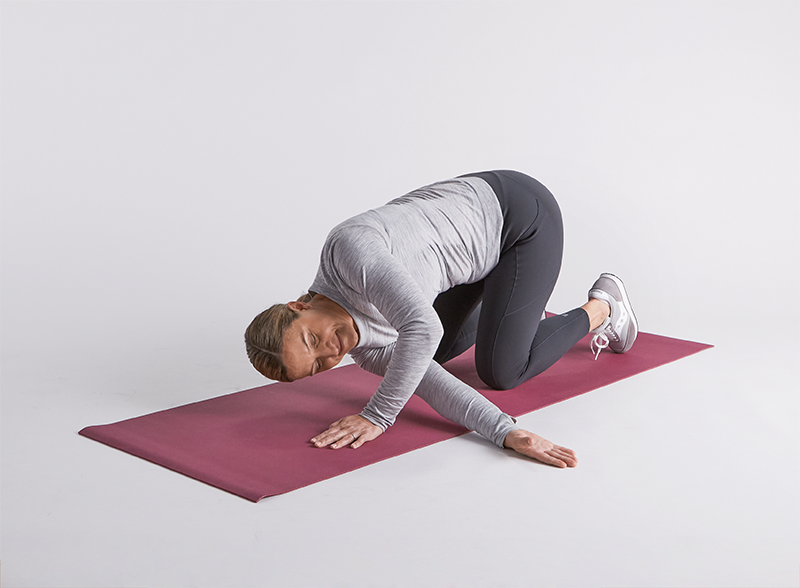How to do a thread the needle exercise: a Hinge Health guide
Learn how to do a thread the needle exercise to improve back mobility and shoulder flexibility, plus modifications to make this exercise easier or harder.
$0 cost to you
Last Updated: Sep 1, 2025
